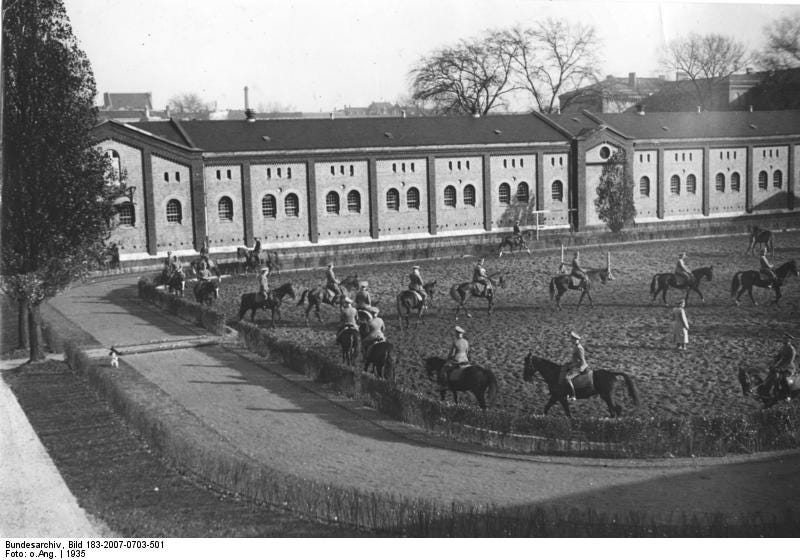By Manimugdha S Sharma
Feb 9, 2014,
 THE BATTLE BEGINS: Indian troops on board a military train in France leaving for the war front, circa 1914.
THE BATTLE BEGINS: Indian troops on board a military train in France leaving for the war front, circa 1914.
The stories of 1.3 million Indian soldiers who fought the First World War have been almost forgotten. Now in the centenary year of the Great War, a project plans to collate their tales.
Manimugdha S SharmaFar from the public eye, a handful of men have been hard at work for the last one year at the Centre for Armed Forces Historical Research in Delhi. Their mission is to painstakingly put together the forgotten story of the 1.3 million Indian soldiers who had been sent to fight for the British Empire in the First World War.Far from the public eye, a handful of men have been hard at work for the last one year at the Centre for Armed Forces Historical Research in Delhi. Their mission is to painstakingly put together the forgotten story of the 1.3 million Indian soldiers who had been sent to fight for the British Empire in the First World War.
For a hundred years, the story of this force had been nearly forgotten — the narrative of World War I has so far been predominantly white. The Indian story had to be told because it rarely happens that one nation's war is fought by another's armies. But not only did Britain downplay the contribution of these men but India, too, chose to ignore them. In fact, the nationalist voices in free India actively disowned parts of this history.
"It's a shame that we have to push for preservation of the memory of the First World War through the centenary celebration. Even in Britain, there is less public awareness about the Great War. There is an instant connect when it comes to World War II, since people who took part in it or saw it are still alive. Also, it happened just a little over 20 years after the Great War, nobody really got enough time to think about the importance of the first. But four years ago, we opened a gallery at the Royal Pavilion in Brighton dedicated to the memory of the Indian soldiers who stayed there, and that generated a lot of awareness about them. Now, people in Brighton know and understand the important role the Indians played in WWI," says Jody East, creative programme curator of Brighton Museum & Art Gallery.
East was on a whirlwind trip to India in search of WWI relics and was in Delhi when TOI spoke to her on Tuesday. Earlier, she was in Kolkata to meet the curator of Victoria Memorial Museum . But she couldn't find much there to take back home, save some valuable verbal inputs. Finding comprehensive records of the war in India is a problem. But there are countless profiles in courage buried in the cold vaults of libraries and museums across the world.
Feb 9, 2014,
The stories of 1.3 million Indian soldiers who fought the First World War have been almost forgotten. Now in the centenary year of the Great War, a project plans to collate their tales.
Manimugdha S SharmaFar from the public eye, a handful of men have been hard at work for the last one year at the Centre for Armed Forces Historical Research in Delhi. Their mission is to painstakingly put together the forgotten story of the 1.3 million Indian soldiers who had been sent to fight for the British Empire in the First World War.Far from the public eye, a handful of men have been hard at work for the last one year at the Centre for Armed Forces Historical Research in Delhi. Their mission is to painstakingly put together the forgotten story of the 1.3 million Indian soldiers who had been sent to fight for the British Empire in the First World War.
For a hundred years, the story of this force had been nearly forgotten — the narrative of World War I has so far been predominantly white. The Indian story had to be told because it rarely happens that one nation's war is fought by another's armies. But not only did Britain downplay the contribution of these men but India, too, chose to ignore them. In fact, the nationalist voices in free India actively disowned parts of this history.
"It's a shame that we have to push for preservation of the memory of the First World War through the centenary celebration. Even in Britain, there is less public awareness about the Great War. There is an instant connect when it comes to World War II, since people who took part in it or saw it are still alive. Also, it happened just a little over 20 years after the Great War, nobody really got enough time to think about the importance of the first. But four years ago, we opened a gallery at the Royal Pavilion in Brighton dedicated to the memory of the Indian soldiers who stayed there, and that generated a lot of awareness about them. Now, people in Brighton know and understand the important role the Indians played in WWI," says Jody East, creative programme curator of Brighton Museum & Art Gallery.
East was on a whirlwind trip to India in search of WWI relics and was in Delhi when TOI spoke to her on Tuesday. Earlier, she was in Kolkata to meet the curator of Victoria Memorial Museum . But she couldn't find much there to take back home, save some valuable verbal inputs. Finding comprehensive records of the war in India is a problem. But there are countless profiles in courage buried in the cold vaults of libraries and museums across the world.







